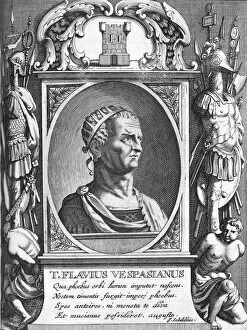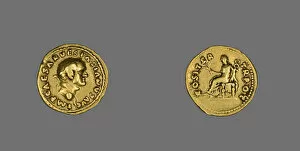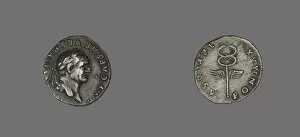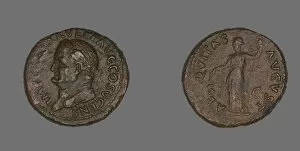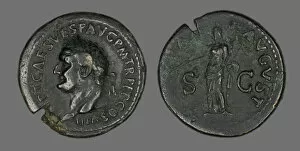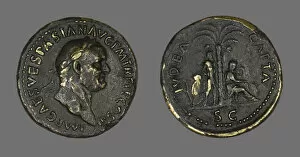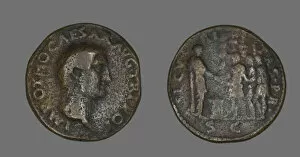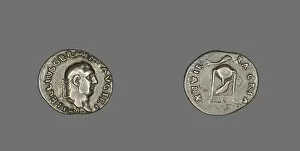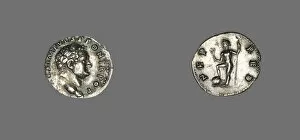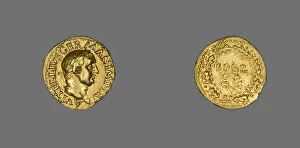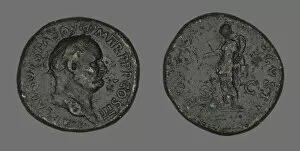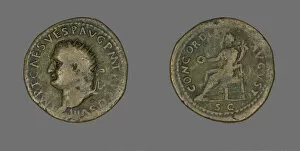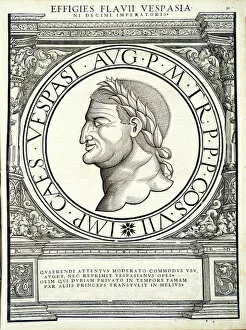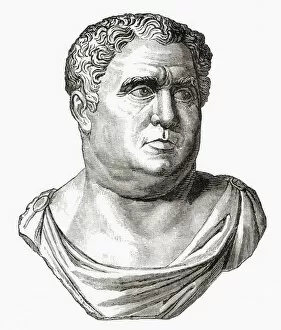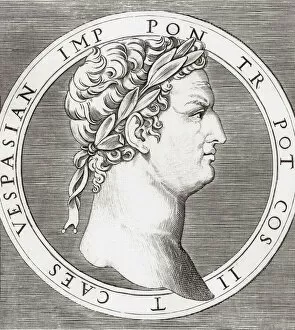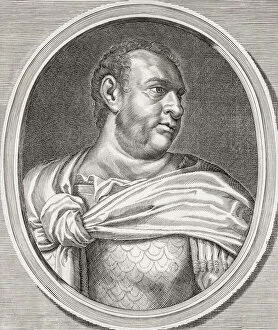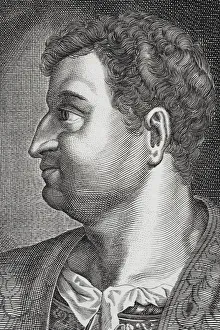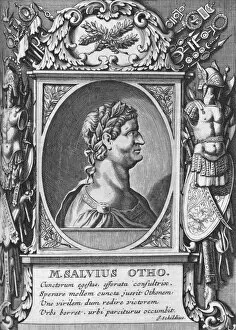Year Of The Four Emperors Collection
"The Year of the Four Emperors: A Tale of Power and Intrigue" In the tumultuous year of 69 AD, known as the "Year of the Four Emperors
All Professionally Made to Order for Quick Shipping
"The Year of the Four Emperors: A Tale of Power and Intrigue" In the tumultuous year of 69 AD, known as the "Year of the Four Emperors, " Rome witnessed a gripping struggle for power that would forever shape its history. The first emperor to emerge was Galba, depicted on a Sestertius coin from 68 AD. However, his reign was short-lived as he was soon overthrown by Otho, portrayed on a Denarius coin from 69 AD. But Otho's rule too proved to be fleeting, as Vespasian rose to power and established himself as Emperor. His image is immortalized on various coins such as an Aureus portraying him in all his glory in 70 AD and several Denarius coins minted during his reign between 80-81 AD and 74 AD. Vespasian's strong leadership brought stability back to Rome after months of chaos. He successfully quelled rebellions and restored order throughout the empire. Coins like an As from 74 AD and another depicting him in triumph in 76 AD are testaments to his accomplishments. However, amidst this struggle for power, Vitellius also briefly held the title of Emperor before being defeated by Vespasian. Coins bearing Vitellius' likeness include a Sestertius from 69 AD and a Denarius minted between late April-December that same year. The "Year of the Four Emperors" stands as a testament to both political volatility and resilience within ancient Rome. Through these intricately crafted coins portraying emperors like Vespasian, Galba, Otho, and Vitellius – their faces frozen in time – we catch glimpses into this dramatic chapter that shaped one of history's greatest civilizations.

